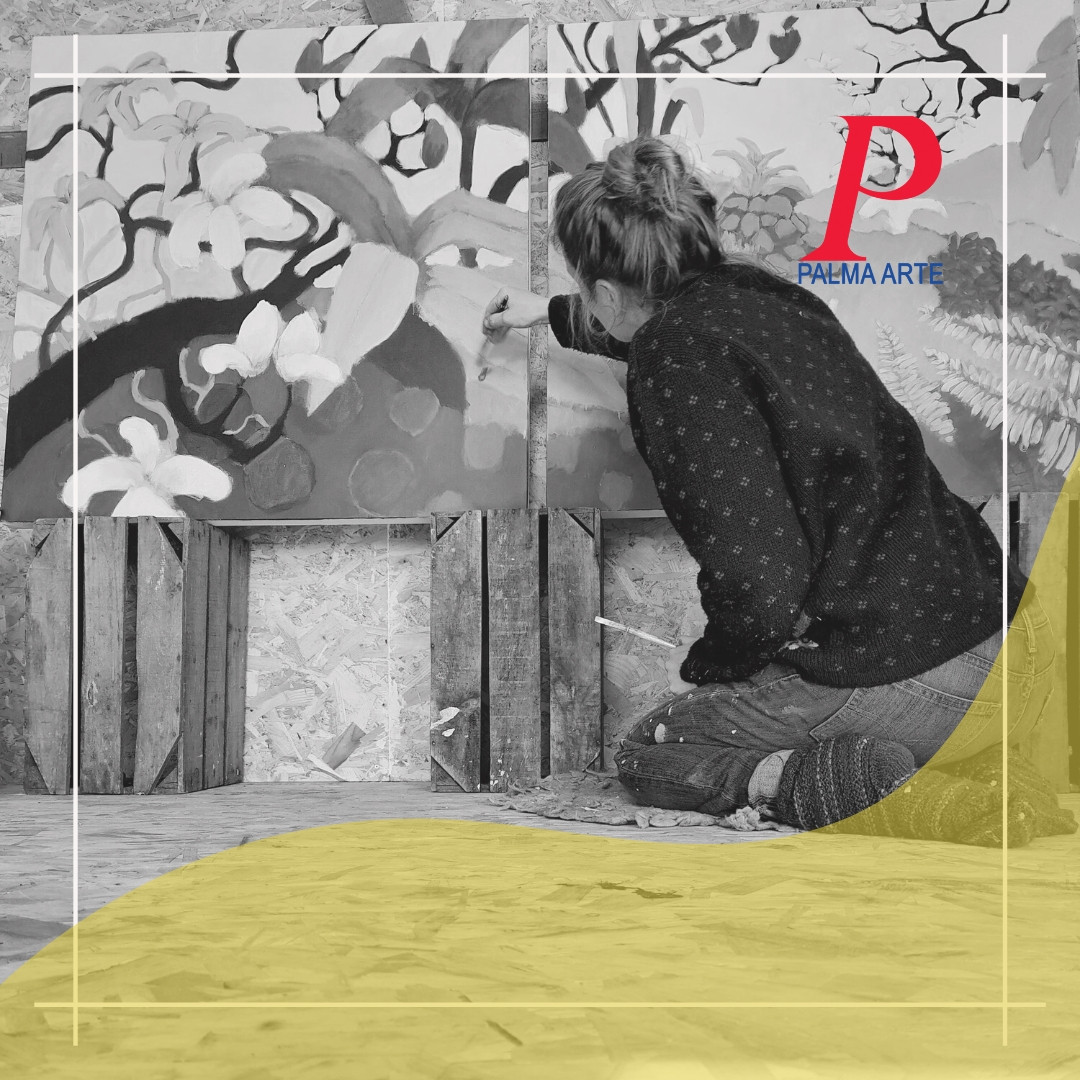Beth Richardson: The grace of the everyday

Today we have the pleasure of interviewing Beth Richardson, whose art is able to challenge our view of everyday reality, infusing it with that touch of magic and light-heartedness that has made her style famous the world over.
Your favourite subjects for your Art include ordinary, everyday objects, the human characteristics of which you explore through a very particular pictorial composition and the use of flat, solid colour fields. Tell us how you arrived at the development of your poetics and your highly recognisable style.
I believe we can find extraordinary things in the ordinary. My paintings encourage the viewer to acknowledge and inquire into simple, everyday objects that inhabit our worlds. These objects are often autobiographically significant but also, when taken out of context of our busy lives, tell stories of their own. The viewer is invited to step into the story and reflect upon our own internal and external worlds, free from the constraints of what is known.
In your canvases perspectives are tilted and confront the viewer with an upheaval of their point of view. What do you want to convey through this “positive estrangement” and this sense of surprise in relation to the “everyday life”?
It´s easy when we think we know a subject, not to look any further. I am often surprised when I see something familiar in a new light. It can stop me in my tracks. I enter a world of imagination where anything is possible. Challenging our perspectives and perceptions can be a tool to open up to new worlds of exploration and understanding.
The objects in my paintings are ambiguous. a table top is a horizon, vases and boats are tilted to reveal voids, black holes, doorways into other worlds. By taking a familiar object and challenging how we see this object we are nudged out of the ordinary and into extraordinary.
Let us talk about your latest production, in which you explore the interaction of your subjects within a lush, exotic nature - which seems to be inspired by Gauguin - in which everyday objects and domestic interiors merge with the wild natural world. Can you tell us about the research that led to this stylistic declination?
I mentioned before the autobiographical nature of my painitngs. The domestic objects often symbolise my own journey. I´m re discovering the wild, Cornish landscape after being in rural Portugal for 12 years and the impact this move has had on my life is huge. The canvases are full and bold. Inspiration from new spaces and places; From English country gardens to abandoned spaces, memories of the past and dreams of the future are mixed into colour and form and take on a journey of their own.
I have always admired the work of Gauguin. The way his compostions direct a narrative, how his colours make you feel the excitement of new landscapes and people.
My paintings evolve without a preconceived image or composition. I´m excited by the process of improvisation; Paintings begin with one thing, then build up with layers of colours, shapes and relationships between objects. I explore the extremeties of the canvas as if exploring a new landscape. The compostition is revised as new ideas emerge and others are rejected. The final composition not only echoes a journey, documenting the experience as a process, but explores the hidden world of the unconscious revealing imagery and stories that can continue to challenge the way I see the world.
